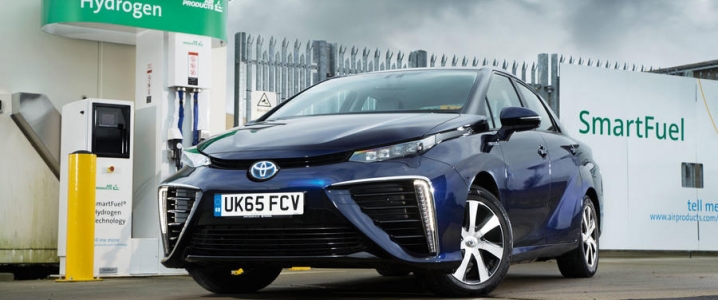A recent study performed by the International Renewable Energy Agency (IRENA), says that hydrogen produced from renewable energy could enable large amounts of power to be channelled into sectors otherwise difficult to decarbonise through electrification.
“Hydrogen could, therefore, be the missing link in the energy transition,” the agency said.
The target sectors have been highlighted by the agency as follows:
Industry, where it could replace fossil-based feedstocks, including natural gas, in high-emission applications. Buildings and power, where it could be mixed with natural gas or combined with industrial carbon dioxide (CO2) emissions to produce syngas.
Transport, where it can provide low-carbon mobility through fuel-cell electric vehicles.
Launched during IRENA’s Innovation Week, the latest technology outlook ‘Hydrogen from Renewable Power’ outlines the potentially pivotal role hydrogen may play in the energy revolution.
The agency explained that while hydrogen is already widely used in facilities such as chemical plants and refineries, by switching the fuel used to produce it from hydrocarbons to renewable electricity, it can become a carrier of renewable energy, complementing the role solar and wind play in power production.
“[Currently], over 95% of current hydrogen production is fossil-fuel based. Steam-methane reforming (SMR) is the most common way of producing hydrogen,” the report highlighted.
The renewable energy agency highlights why hydrogen could be critical to the renewable energy transition:
No economically viable option exists to reduce the carbon emissions produced by around one-third of the energy sector. Combustible fuels remain critical to transport and industrial practices from aviation to refining, where electrification is currently not suitable. This could make hydrogen from renewables the missing link in the transformation of the global energy system.
Hydrogen from renewable energy can support higher shares of wind and solar energy in power sectors all over the world. Excess variable power (which is energy produced by intermittent wind and solar projects) can now be directed to hydrogen production and used in transport, industry or gas grid injection. Used in this way, hydrogen becomes a source of storage for renewable electricity, keeps power systems flexible and helps to balance the grid.
Hydrogen offers possibilities to tap high-quality renewable energy resources. Often, the best solar and wind resources are located far from end-users in cities and major urban centres. Hydrogen, once produced, can be transported on land (like liquefied natural gas) as a global commodity unconstrained by grid connections.
Hydrogen can take advantage of existing energy infrastructure. Up to a certain share, hydrogen can be injected into natural gas grids reducing the emissions of existing gas infrastructure, such as gas turbines for the power sector.
Fuelled by hydrogen, fuel cell electric vehicles (FCEVs) offer consumers a low emission driving performance similar to a conventional vehicle when the hydrogen is produced from renewable energy sources. Fuel cells vehicles can complement electric vehicles, overcoming the weight, range and charging limitations associated with EVs.
Hydrogen may become a key contributor to a potential 100 per cent renewable energy future. To get there, however, cost reductions are necessary and only possible through economies of scale. With enabling policies and regulatory frameworks in place, more private investment will be stimulated allowing technologies to mature resulting in cost reductions.
Dolf Gielen, Director of the IRENA Innovation and Technology Centre commented: “Hydrogen may have a very important role to play in the energy transition particularly if it can improve its cost-competitiveness. We believe that is possible if the production process utilises low-cost renewable electricity such as from wind and solar facilities.
“Large, off-grid hydrogen projects that are directly connected to solar and wind farms developed in the most suitable locations can potentially supply low-cost, 100% renewable, hydrogen. That will be a critical development for our low-carbon future.”
Source: ESI Africa






